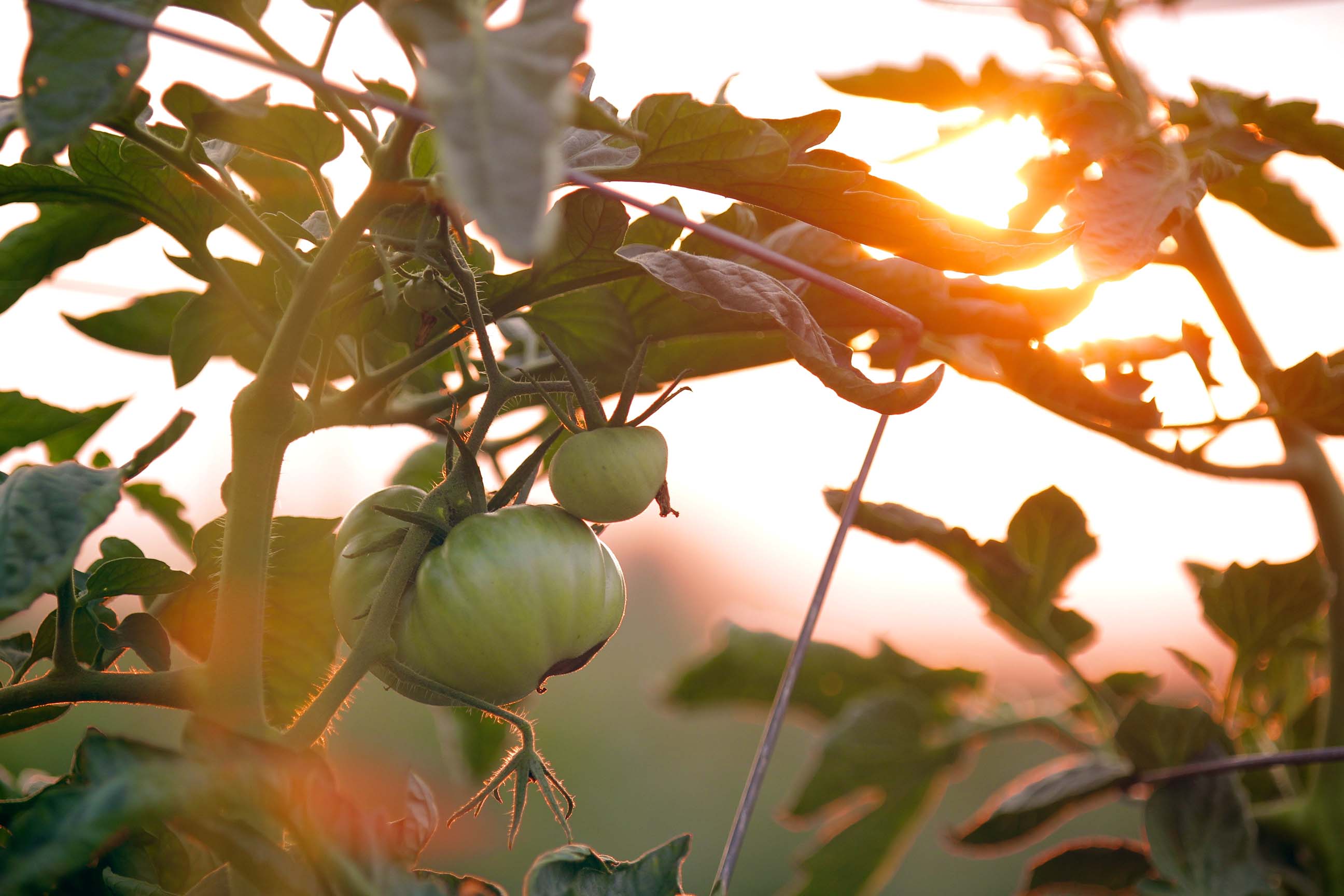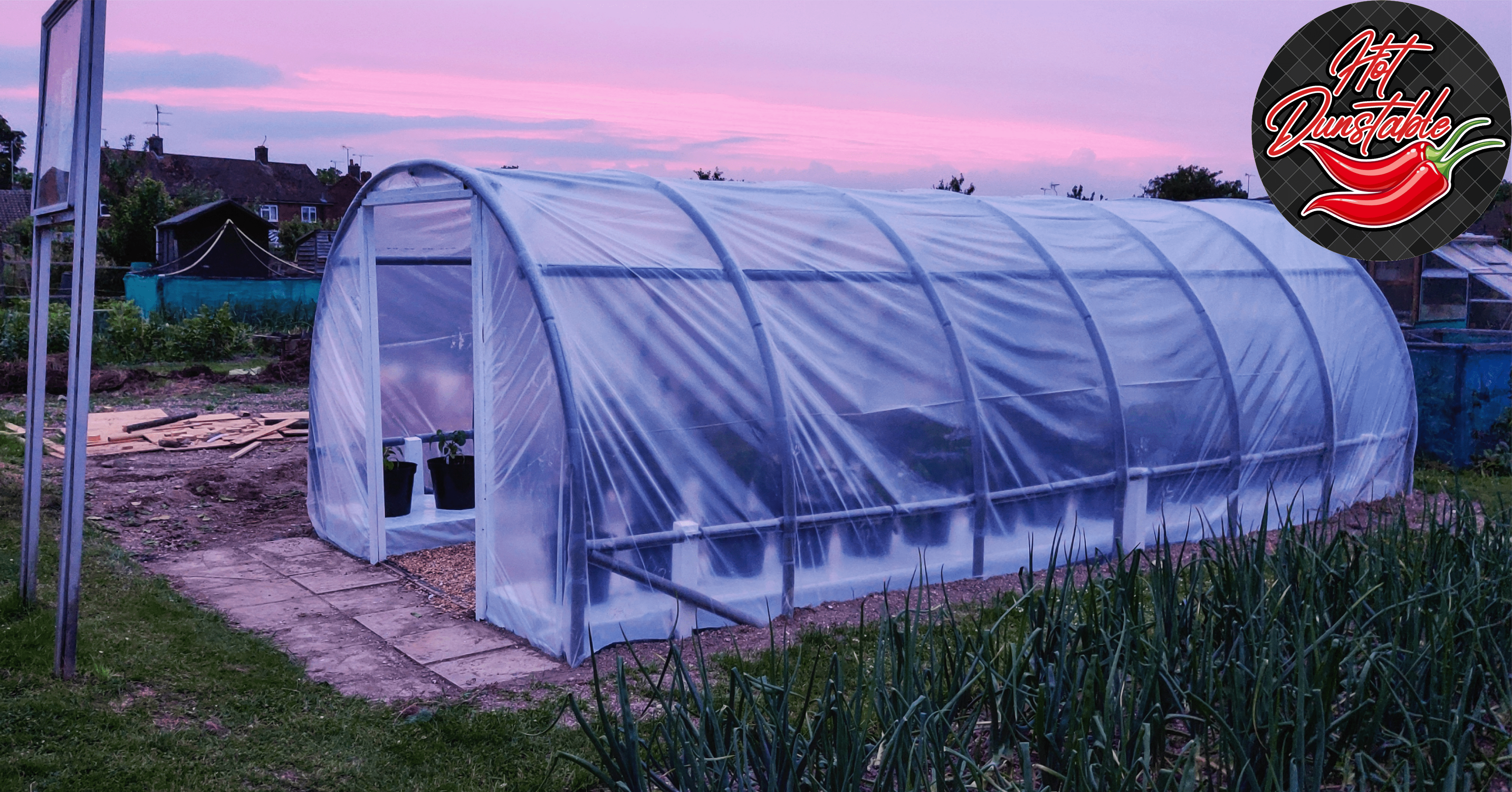Air is an essential element for the survival of plants. It provides plants with the carbon dioxide they need for photosynthesis, the process by which they convert sunlight and water into energy. In addition, air helps to regulate the temperature of plants and provides them with the oxygen they need to survive.
In this article, we will explain everything you need to know about air. This is the ultimate guide about air.
- General information
- What is air
- What does air do for plants
- The importance of good air for plants
- How to measure air quality
- How to improve air quality
2. What is air
Air is a mixture of gases that makes up the Earth’s atmosphere. It is composed of approximately 78% nitrogen, 21% oxygen, and trace amounts of other gases such as carbon dioxide, argon, and neon. Air also contains small particles such as dust, pollen, and water vapor.
Air is vital to life on Earth. It provides the oxygen that plants and animals need to survive, and it helps to regulate the temperature of the planet by trapping some of the sun’s heat in the atmosphere. Air also plays a role in the Earth’s water cycle, as it helps to evaporate water from the surface and carry it into the atmosphere.
Overall, air is an essential element that is vital to the health and well-being of all living things.
3. What does air do for plants
Air is an essential element for the survival and growth of plants. It provides plants with the carbon dioxide they need for photosynthesis, the process by which they convert sunlight and water into energy. In photosynthesis, plants use energy from the sun to convert carbon dioxide and water into glucose, a simple sugar that is used as an energy source. Oxygen is also a byproduct of photosynthesis and is released into the atmosphere through tiny pores on the leaves of the plant called stomata.
In addition to its role in photosynthesis, air also helps to regulate the temperature of plants. It does this by providing a cooling effect, especially when the air is moist. This is why plants tend to transpire more on hot, dry days, as the evaporation of water from the leaves helps to cool the plant.
Air is also important for the proper functioning of the plant’s respiratory system. Just like animals, plants need oxygen to survive and release carbon dioxide as a byproduct of respiration. The exchange of gases between the plant and the air occurs through the stomata.
4. The importance of GOOD air for plants.
Air quality is an important factor for the health and growth of plants. Plants rely on a constant supply of fresh air to provide them with the necessary nutrients and gases for photosynthesis and respiration. When the air quality is poor, plants can become stressed, which can lead to reduced growth and even death.
One of the main nutrients that plants require from the air is carbon dioxide (CO2). CO2 is essential for photosynthesis, the process by which plants convert light energy into chemical energy. Without sufficient levels of CO2, plants will struggle to photosynthesize effectively and may become weak and stunted.
In addition to CO2, plants also need oxygen (O2) to survive. Oxygen is produced as a byproduct of photosynthesis, but plants also rely on oxygen for respiration. When the air quality is poor and there is not enough oxygen present, plants may struggle to respire properly, leading to reduced growth and increased stress.
Another important factor in air quality for plants is humidity. Plants release water vapor into the air through a process called transpiration. This helps to regulate the temperature and humidity of the air around them. If the air is too dry, plants may struggle to transpire properly, which can lead to dehydration and reduced growth. On the other hand, if the air is too humid, plants may become prone to fungal diseases.
Good air quality is also important for plants because it can help to protect them from harmful pollutants and toxins. When the air is polluted, it can contain a range of toxins that can be harmful to plants, including sulfur dioxide, nitrogen dioxide, and ozone. These toxins can damage plant tissues and disrupt their normal growth and development.
5. How to measure air quality
There are several ways to measure the air quality for plants:
Use an air quality monitor:
These devices measure the levels of various pollutants and gases in the air, such as carbon dioxide (CO2), ozone, and nitrogen dioxide. Some monitors also measure humidity and temperature. These devices can be placed near plants to help you determine the overall air quality and identify any potential issues.
Check for visible signs of air pollution:
Signs of air pollution in plants can include yellowing or browning of leaves, stunted growth, and a lack of flowers or fruit. If you notice any of these symptoms in your plants, it may be a sign that the air quality is poor.
Monitor the humidity and temperature:
As mentioned, plants rely on a certain level of humidity and temperature for optimal growth. You can use a hygrometer or thermometer to monitor these levels and ensure that they are within the ideal range for your plants.
Consider the location of your plants:
Some areas may be more prone to air pollution than others. For example, plants near busy roads or industrial areas may be more likely to be exposed to pollutants.
Overall, the best way to measure the air quality for your plants is to use a combination of these methods. By monitoring the air quality regularly and addressing any potential issues, you can ensure that your plants are receiving the best possible care.
6. How to improve air quality
Now that you know why you need high quality air and how to measure it. It’s time to know how you can improve your air quality. There are several steps you can take to improve the air quality for your plants:
Increase ventilation:
Proper ventilation is important for plants, as it helps to circulate fresh air and remove excess heat and moisture. You can increase ventilation by opening windows or using fans to circulate the air.
Use an air purifier:
An air purifier can help to remove pollutants and toxins from the air, which can be beneficial for your plants.
Avoid smoking near your plants:
Smoking releases harmful chemicals into the air, which can be damaging to your plants. It is best to smoke in a designated area away from your plants.
Water your plants regularly:
Proper watering can help to regulate the humidity in the air, which can be beneficial for your plants.
Use a humidifier:
If the air is too dry, a humidifier can help to increase the humidity, which can be beneficial for some plants.
Choose the right plants for your location: Some plants are more sensitive to air pollution than others. Choosing plants that are more tolerant of poor air quality can help to improve their chances of survival.






